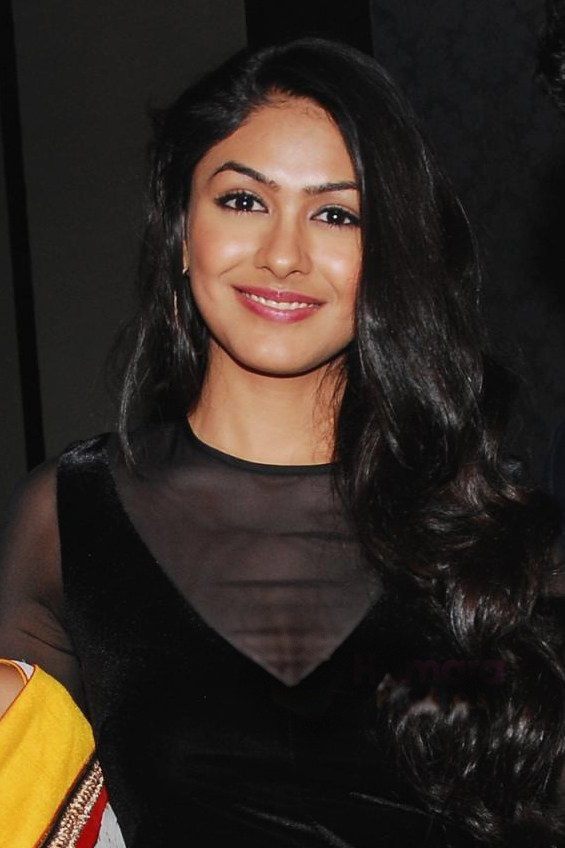Ikea's Touring Exhibition Showcases Transformative Textile Designs

Edinburgh's Dovecot Studios is currently hosting the inaugural Ikea touring exhibition, which highlights the significant contributions of young designers to the iconic Swedish furniture brand's textile department. This exhibition, titled 'Ikea: Magical Patterns,' runs until January 17, 2026, and features 180 textile designs that reflect innovation and creativity in home decor.
Founded in 1943 by Ingvar Kamprad, Ikea revolutionized the retail landscape with its flat-packed, ready-to-assemble furniture model. Over the past eight decades, the company has grown to become one of the world's largest retailers, renowned for its minimalist aesthetic and customer-centric approach. The Dovecot exhibition, however, focuses on an often-overlooked aspect of Ikea's success: its textiles.
According to Anna Sandberg Falk, curator at the Ikea Museum, the early 1960s marked a turning point for Ikea's textile offerings. 'At the beginning of the 60s, Ingvar realized that textiles and color were vital to the home,' she stated. 'He brought in a group of talented young women who had freedom in their creative processes, and they produced vibrant designs that challenged the norms of the time.' This initiative led to the introduction of bold patterns and innovative textile technologies, significantly impacting the company’s product range.
The exhibition showcases notable designs from ten Swedish designers, collectively known as 10-gruppen, who emerged in the 1970s. This group rejected the prevalent small floral patterns, opting instead for bright colors and daring designs. Notable pieces include the 'Randig Banan' pattern, which, despite initial resistance from consumers, has become a celebrated design since its re-release in 2013.
Ida Pettersson Preutz, one of the featured designers, expressed her admiration for the legacy of these textiles. 'I was introduced to the Randig Banan when I was ten, and it inspired my own work. My broccoli motif, which uses playful colors, reflects that same spirit of joy and creativity,' she remarked. This sentiment is echoed by Dovecot's director, Celia Joicey, who sees the collaboration as a bridge between high-end textile art and accessible design.
Joicey emphasized the importance of textile design in Scotland’s cultural history, stating, 'Textile is an important medium for Scotland, and it has a long history of taking design to the rest of the world. This exhibition not only celebrates Swedish design but also highlights our own textile heritage.'
The collaboration between Dovecot Studios and the Ikea Museum signifies a merging of two distinct design philosophies—one rooted in accessibility and another in fine art. 'There is a wealth of material in the Ikea Museum's archive, and we believe this exhibition could be just the beginning of a fruitful partnership,' Falk added.
As 'Ikea: Magical Patterns' continues to attract visitors, it serves as a reminder of the playful and innovative spirit that Ikea fostered among its young designers, transforming not only the brand but also the landscape of home textiles. The exhibition stands as a tribute to a legacy that celebrates creativity, collaboration, and the enduring impact of design on everyday life.
Advertisement
Tags
Advertisement





